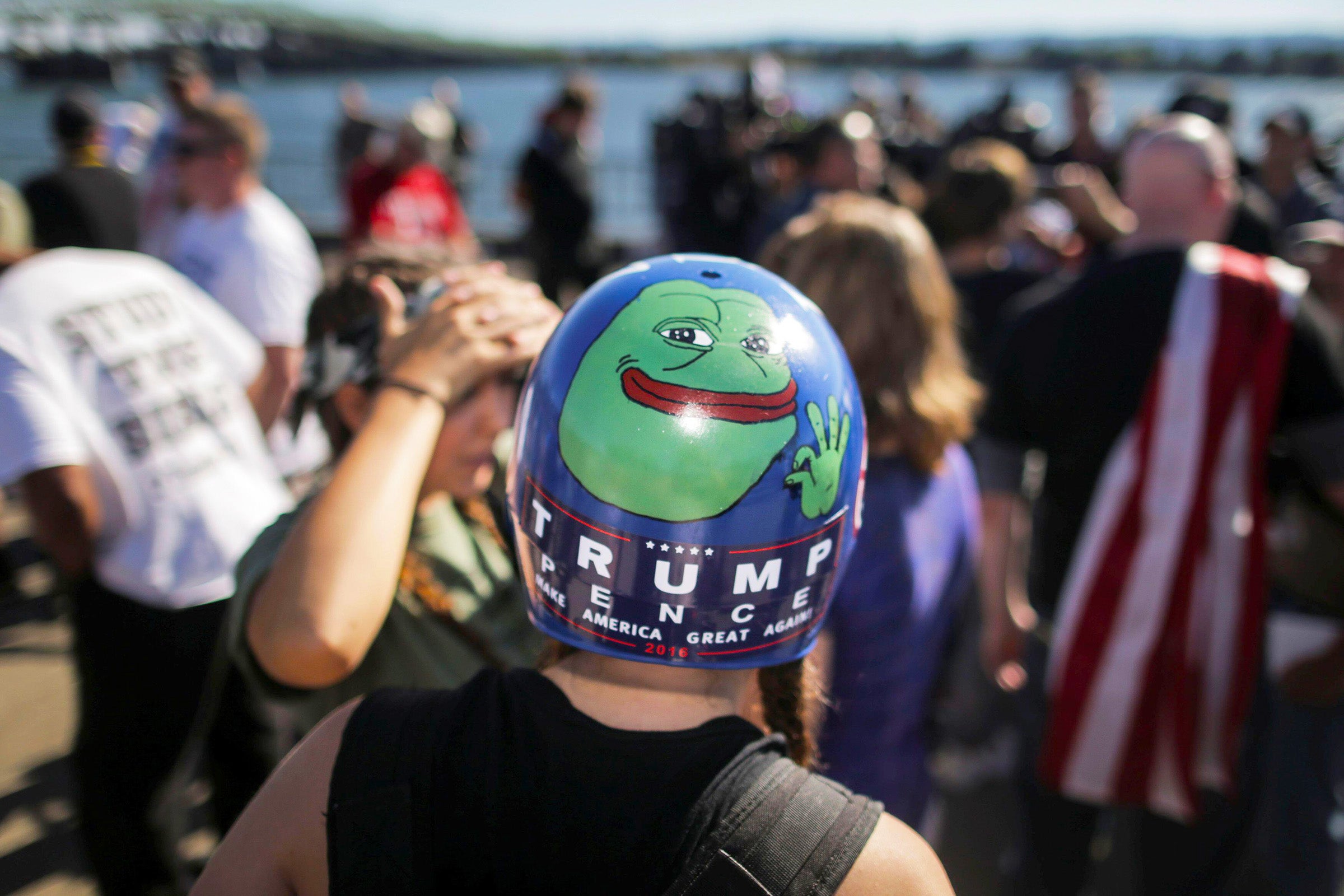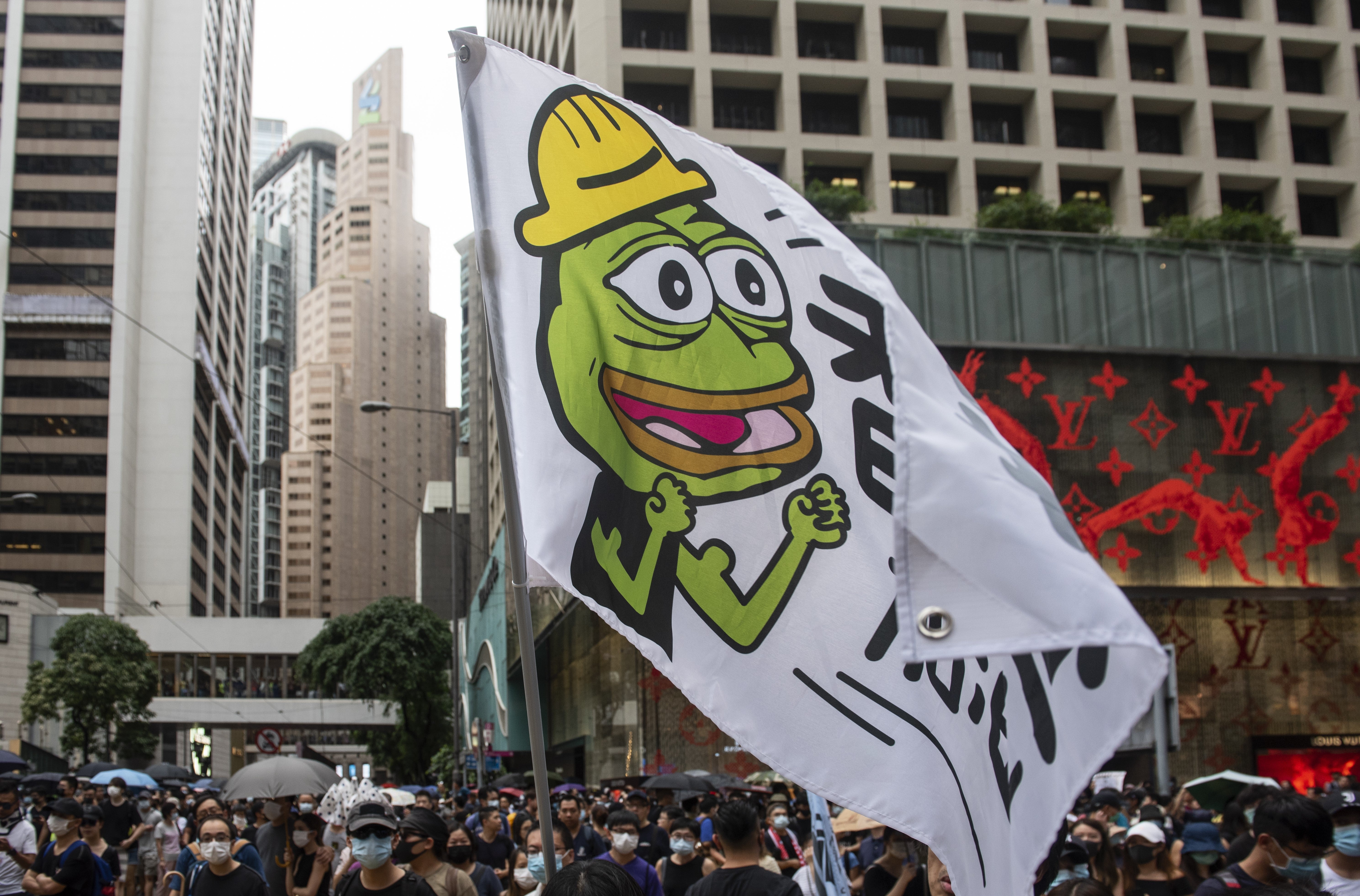
On the same day that President Donald Trump announced his COVID-19 diagnosis, Twitter reminded users of its policy that “tweets that wish or hope for death, serious bodily harm or fatal disease against *anyone* are not allowed and will need to be removed.” The social media platform soon filled with posts accusing it of hypocrisy: threats targeting women and people of color have accumulated for years without removal, users said. But even as Twitter attempted to enforce its rules more stringently, thinly veiled posts slipped through the cracks.
By referencing schadenfreude, karma or the old adage “you reap what you sow” in reference to Trump’s illness, many Twitter users avoided explicitly violating the site’s abuse policy while leaving no doubt as to their intended sentiment. Scholars who study social media discourse say this incident reflects a broader phenomenon: Whenever online authorities (whether social media platforms or governments) attempt to restrict speech on the Internet, people will find creative ways to subvert the rules. These strategies can be used to spread abuse—or to preserve freedom of expression.
China’s government, for instance, prohibits social media posts referencing June 4, the anniversary of the 1989 Tiananmen Square crackdown that killed an unknown number of Chinese pro-democracy protesters and their sympathizers. In the early days of Chinese microblogging platform Sina Weibo, users sidestepped the ban by referring to “May 35” instead. “But eventually [the censors] caught up with that, and they banned that, too,” says Susan Herring, a linguist at Indiana University Bloomington who studies technology-mediated communication. “It’s a race to try to fool the censors.... The people are constantly coming up with creative new symbols.”

The use of symbolism to avoid censorship is as old as language itself. In the antebellum U.S., Harriet Tubman communicated with fugitives escaping slavery by singing songs with hidden meanings that their pursuers would not understand. When homosexuality was illegal in the 20th-century U.K., members of the gay subculture used a secret slang called Polari. Herring says the cycle of code making and code breaking “is a major driver of language change.” In French, for instance, slang words known as verlan are created by transposing the syllables of an existing word. Because many verlan terms originated as a secret code to discuss illicit behavior, the process was often repeated when a new form became too recognizable. In this way, femme (the standard word for “woman”) gave rise to meuf, which in turn became feumeu. Analogously, online coded symbols evolve as their previously secret meanings become well-known.
On the Internet, such symbols can manifest as words or visual motifs, including emoji, memes or other images. The specific form of a symbol ultimately matters less than the idea it represents, says Ryan Milner, who studies Internet culture at the College of Charleston. But he notes that visual symbols have proved particularly effective at evading censorship, thanks to their inherent ambiguity. And their power to spread rapidly online derives from their ability to establish an in-group and out-group. “As they get more esoteric, as they get more inside jokey, then there’s more and more of a signal that ‘if you get this, if you’re part of the joke—then you are one of us,’” Milner says, “and ‘if you don’t get it..., then you’re not one of us.”
Pepe the Frog exemplifies the capacity of memes to both foment hate and defy oppression. The meme began life as an innocent cartoon amphibian, but as it grew in popularity, users of the online message boards 4chan, 8chan and Reddit began making anti-Semitic and racist versions of it. By 2016 Pepe the Frog had gained such widespread use among white supremacists in the U.S. that the Anti-Defamation League declared it a hate symbol. In 2019, however, pro-democracy protestors in Hong Kong—mostly unaware of Pepe’s associations with white supremacy—adopted the image to symbolize their movement. In both cases the meme’s coded meaning allowed it to spread uncensored, eventually garnering widespread recognition that elevated the public profile of the groups using it.
For many visual symbols, “there is this consistent push-pull” between recognizability and secrecy, Milner says. For groups aiming to persuade, “publicity is going to be good,” he adds. But for those seeking a clandestine “knowing wink,” too much attention can undercut a symbol’s effectiveness.

The latter fate befell the “grass mud horse,” a fictional alpacalike creature whose name in Mandarin is a pun for an obscene and insulting phrase that sounds similar if the spoken tones are minimally altered. The grass mud horse originated in 2009 as an icon of resistance to China’s Internet censorship. At first people using it had plausible deniability—they could claim they were merely sharing a funny picture of an animal, says Sulafa Zidani, a global media studies scholar at the University of Southern California. But as the meme’s popularity exploded, its underlying meaning became common knowledge, thus diluting its power. In 2014 digital media scholar An Xiao Mina noted that the grass mud horse had been included among Sina Weibo’s official emoji—effectively transforming it from a symbol of subversion to a general-purpose obscenity.
In the U.S., 2020 has seen many “ideological contestations” over the meanings of coded symbols and phrases, Milner says. The extremist antigovernment “boogaloo” movement hijacked Hawaiian shirts. Followers of the QAnon conspiracy theory co-opted the phrase “save the children” from a legitimate antitrafficking campaign. The ambiguity of these symbols “absolutely” helps such groups evade censorship on social media, says Howard Graves, a senior research analyst at the Southern Poverty Law Center. Graves emphasizes that “context is crucial” when interpreting a symbol. For instance, in June fans of South Korean pop music flooded the hashtag #WhiteLivesMatter with memes and videos of K-pop stars to drown out racist posts using it. In October they repeated the tactic with the #ArmyForTrump.
Although coded language and symbols are nothing new, social media has transformed their impact on culture. “The ability to make a coordinated attempt ... to claim a symbol as your own is something that you can do in a wide-scale way because of social media tools,” Milner says.
And whether or not those symbols incite violence or protest injustice, Zidani says, “we as individuals have a lot of power to amplify certain messages—and not amplify other messages.”
"with" - Google News
October 22, 2020 at 08:01PM
https://ift.tt/3jj6Nla
Social Media Restrictions Cannot Keep Up with Hidden Codes and Symbols - Scientific American
"with" - Google News
https://ift.tt/3d5QSDO
https://ift.tt/2ycZSIP
Bagikan Berita Ini















0 Response to "Social Media Restrictions Cannot Keep Up with Hidden Codes and Symbols - Scientific American"
Post a Comment